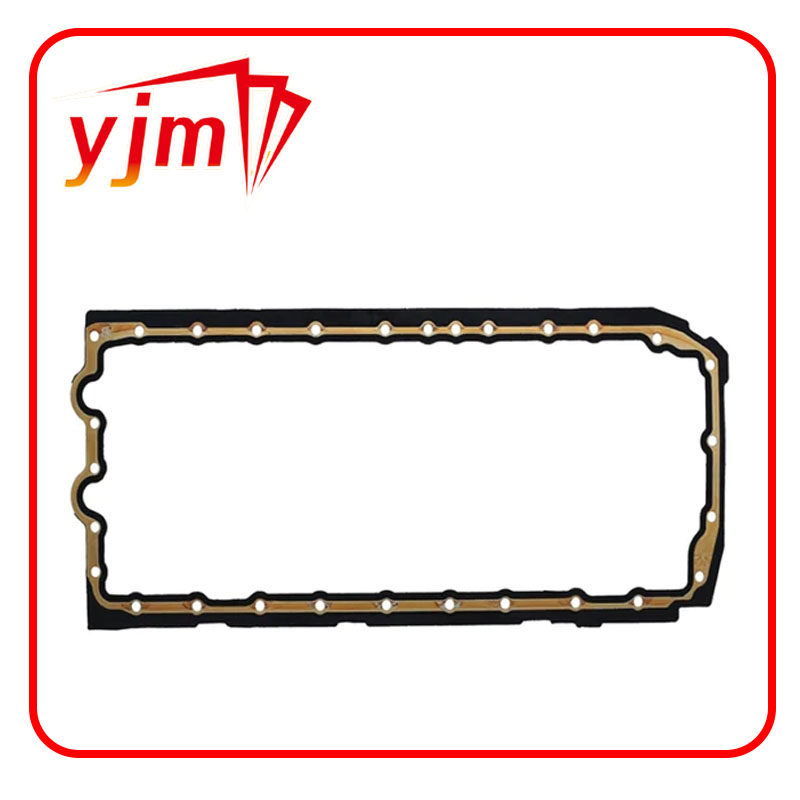high pressure rotary shaft seals
High Pressure Rotary Shaft Seals An Overview
In various industrial applications, the integrity of machinery and equipment is often dependent on the effectiveness of sealing solutions. High pressure rotary shaft seals play a crucial role in ensuring that rotating shafts maintain operational efficiency while preventing leakage of fluids or gases. These seals are essential components in a wide range of machines, including pumps, motors, and compressors.
Understanding Rotary Shaft Seals
Rotary shaft seals, also known as oil seals or radial shaft seals, are designed to provide a barrier between the rotating shaft and the stationary housing. Their primary function is to retain lubricants and prevent contaminants from entering the system. High pressure applications, in particular, pose significant challenges for sealing solutions due to the increased stress and strain on the materials.
High pressure rotary shaft seals are specifically engineered to withstand harsh conditions, including extreme pressures that can exceed several hundred psi, as well as fluctuating temperatures. The seal must effectively accommodate the radial and axial movements of the shaft while ensuring an airtight and fluid-tight barrier.
Materials and Design Considerations
The selection of materials for high pressure rotary shaft seals is critical to their performance and durability. Common materials include elastomers, such as nitrile rubber (NBR), fluorocarbon (FKM), and polyacrylate (ACM). These materials provide flexibility, chemical resistance, and thermal stability, making them suitable for demanding environments.
In high-pressure applications, the design of the seal is also vital. Advanced sealing technologies often incorporate features such as multi-lip designs, which enhance sealing effectiveness by providing additional contact points between the seal and the shaft. Additionally, incorporating springs can help maintain constant pressure on the sealing surface, compensating for wear and ensuring reliability over time.
high pressure rotary shaft seals

Applications and Industries
High pressure rotary shaft seals are used across various industries, including automotive, aerospace, oil and gas, and manufacturing. In the automotive sector, these seals are integral to the functionality of engines, transmissions, and differentials, where they prevent oil leakage and ensure optimal performance.
In the aerospace industry, high pressure seals are vital for hydraulic systems and engines, where failure could result in catastrophic consequences. Similarly, in the oil and gas sector, rotary shaft seals are essential for pumps and compressors that operate under substantial pressure and require maximum reliability to prevent leaks that could lead to safety hazards and financial losses.
Performance and Maintenance
To ensure the longevity and effectiveness of high pressure rotary shaft seals, regular maintenance is crucial. Operators should monitor for signs of wear, such as leaks or unusual noises, which can indicate seal degradation. Proper lubrication is also essential; it reduces the friction between the seal and the shaft, minimizing wear and extending the seal’s lifespan.
The installation of high pressure rotary shaft seals must be carried out carefully to avoid damage during the process. Adhering to manufacturer guidelines regarding torque and alignment ensures optimal performance and reduces the risk of premature failure.
Conclusion
High pressure rotary shaft seals are indispensable in modern engineering, providing vital protection for rotating machinery across a myriad of industries. Their design and material choices are paramount to their functionality, ensuring that machines operate efficiently while minimizing the risk of leaks and contamination. Proper maintenance and adherence to installation guidelines further enhance their reliability, making them a cornerstone component in the realm of high-pressure applications. As technology progresses, the evolution of rotary shaft seals will continue to play a significant role in enhancing machinery performance and operational safety.
-
Seal 12x20x5: Precision Radial Shaft Seals for Industrial Reliability
News Nov.24,2025
-
Seal 12x18x5: Essential Guide to Specifications, Applications & Vendors
News Nov.24,2025
-
Understanding Seal 12 20 5: Applications, Specifications & Industry Insights
News Nov.23,2025
-
Durable Oil Seal 85x110x12 – Reliable Sealing Solutions for Industry
News Nov.23,2025
-
Durable and Precise Oil Seal 75x95x10 for Efficient Machinery | YJM Seal
News Nov.22,2025
-
Durable Oil Seal 75x100x10 for Reliable Industrial Performance | YJM Seal
News Nov.22,2025
-
High-Quality Oil Seal 65x90x10 | Durable & Reliable Sealing Solutions
News Nov.22,2025
Products categories















